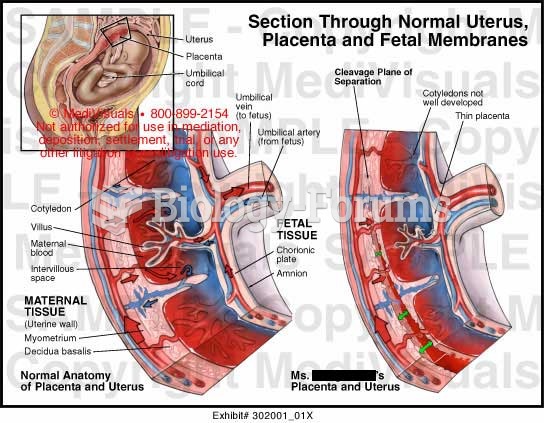|
|
|
Asthma is the most common chronic childhood disease in the world. Most children who develop asthma have symptoms before they are 5 years old.
Elderly adults are living longer, and causes of death are shifting. At the same time, autopsy rates are at or near their lowest in history.
As of mid-2016, 18.2 million people were receiving advanced retroviral therapy (ART) worldwide. This represents between 43–50% of the 34–39.8 million people living with HIV.
Throughout history, plants containing cardiac steroids have been used as heart drugs and as poisons (e.g., in arrows used in combat), emetics, and diuretics.
Cutaneous mucormycosis is a rare fungal infection that has been fatal in at least 29% of cases, and in as many as 83% of cases, depending on the patient's health prior to infection. It has occurred often after natural disasters such as tornados, and early treatment is essential.
 Creating a tent for turning from prone to supine or vice versa. Pin one side of the sheet against ...
Creating a tent for turning from prone to supine or vice versa. Pin one side of the sheet against ...
 Effleurage as a finishing and transition technique. Finish the left side with effleurage moving back ...
Effleurage as a finishing and transition technique. Finish the left side with effleurage moving back ...
 Apply circular friction and direct pressure to suboccipital muscles one side at a time.Turn head to ...
Apply circular friction and direct pressure to suboccipital muscles one side at a time.Turn head to ...




